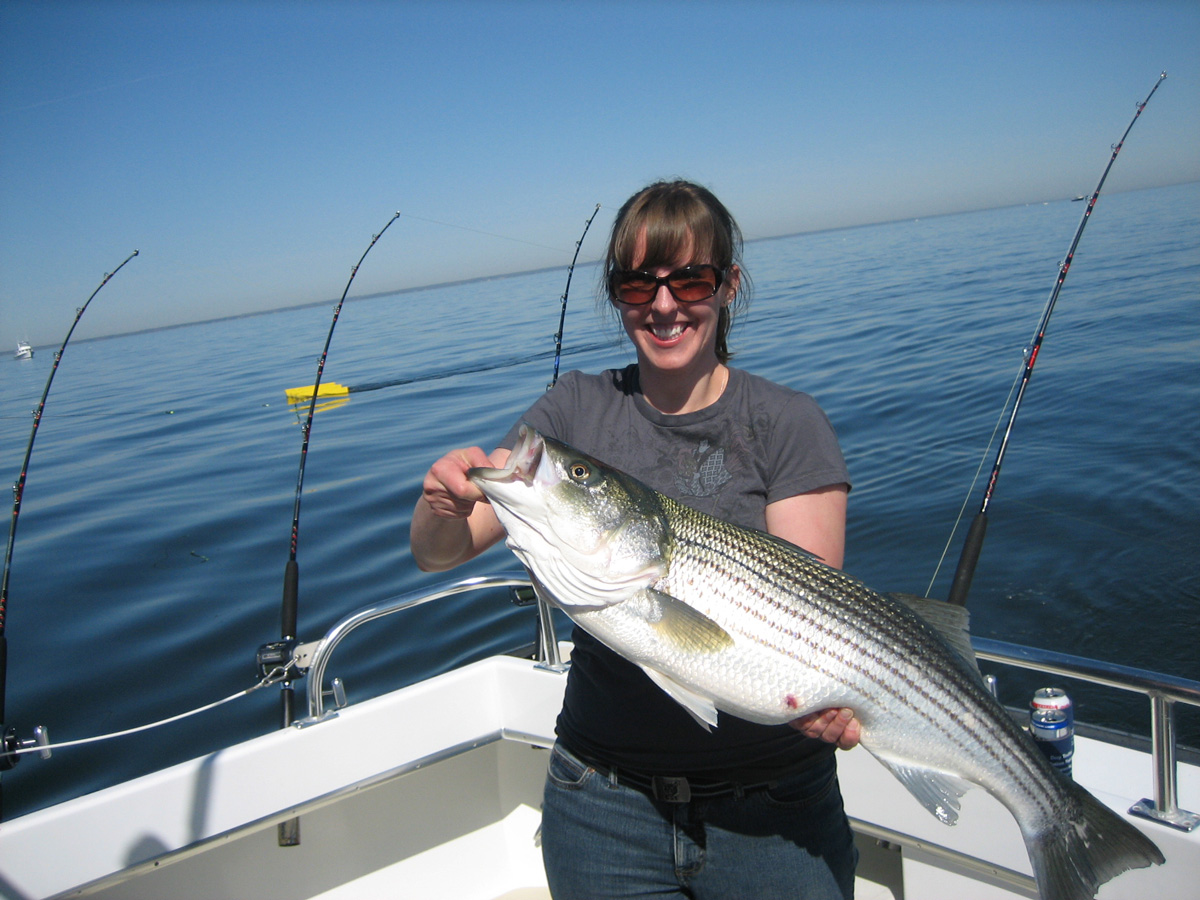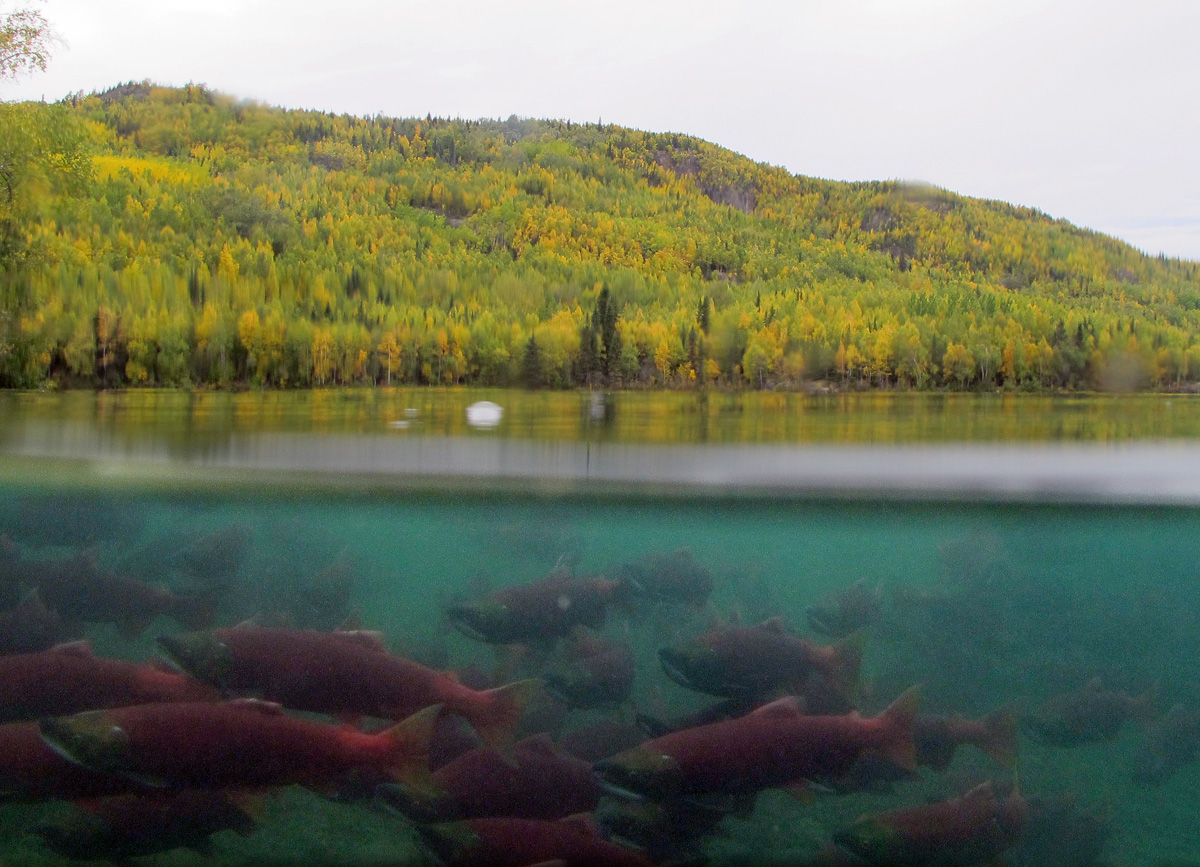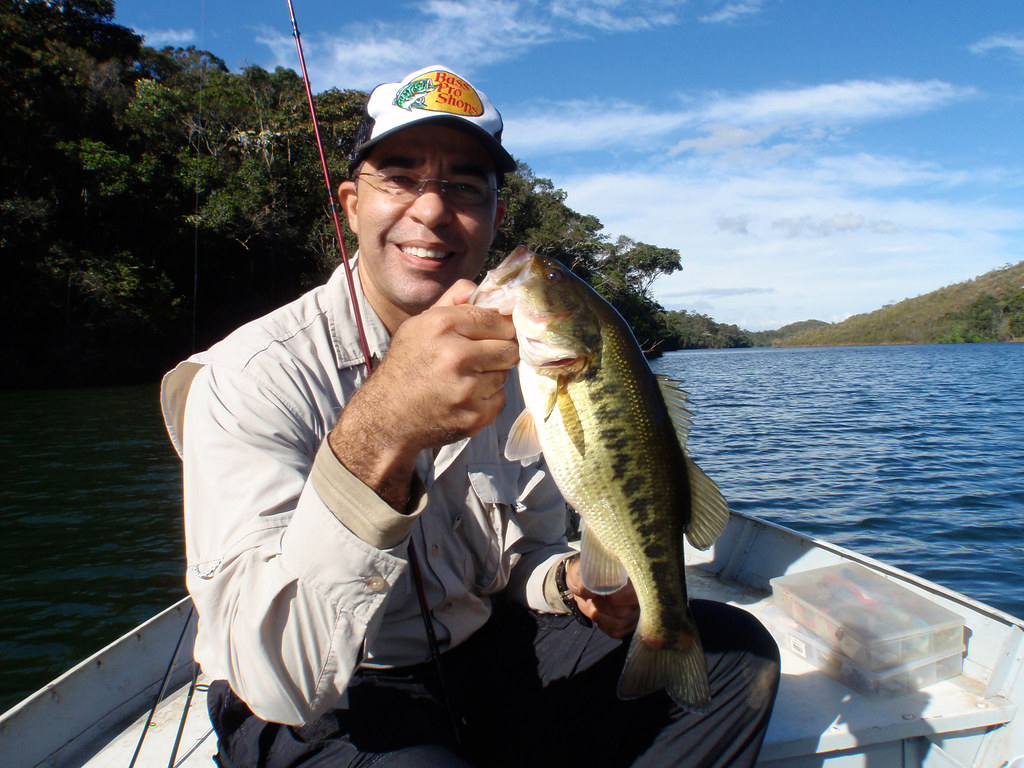This is YOUR chance to play a role in how our public lands are managed and ensure that sportsmen and women have a say about the places where we love to hunt and fish
The Bureau of Land Management’s Vale District Office manages more than 4.6 million acres of public lands across eastern Oregon including the Trout Creek Mountains and the Owyhee Reservoir. These landscapes provide some of the finest hunting, fishing, and outdoor recreation opportunities in the state, as well as important habitat for big game, upland birds, and lahontan cutthroat trout
Currently, the BLM is revising its plan that will determine the future management of these lands for the next 20+ years, and public meetings are scheduled that offer an opportunity for the public to share their ideas directly to the BLM. This process is a key opportunity to help protect habitat of the imperiled sage grouse, determine where Off-Road Vehicles can and cannot travel, and protect wild desert places to camp, hunt and fish. Three main issues will be addressed in this planning process: Lands with Wilderness Characteristics, Off-Road Vehicle and Travel Management and Livestock Grazing. Each meeting will include a brief overview of the alternatives being considered at 6 p.m. Maps, handouts and BLM staff to answer questions will be available for the duration of each meeting. Sportsmen and women must get involved to ensure that the best habitats are conserved and public access for hunting and fishing is maintained.
Please attend one of three local public meetings and make your voice heard – meeting dates, locations, and times, as well as suggested talking points are listed below.
Where and when
Public meetings (All meetings run from 5 p.m. to 8 p.m.)
- Monday, June 24, at the Four Rivers Cultural Center in Ontario, Ore
- Tuesday, June 25, at the McDermitt Community Center in McDermitt, Nev.
- Wednesday, June 26, at the Jordan Valley Lions Hall, Jordan Valley, Ore
Suggested talking points
Stakeholder Support: The BLM’s preferred alternative to revert to the management plan from 2002 does not reflect recommendations made after countless years of efforts by diverse stakeholders on the local Resource Advisory Council to improve the management of public lands for recreation and wildlife. Urge the BLM to select an alternative that will protect this landscape’s wild places by limiting OHV travel to existing routes and maximizes opportunities for common-sense conservation that improves the health and habitat of this vast landscape.
Conservation of unfragmented, functional habitats: These high-quality habitats benefit countless species including sage grouse, mule deer, and desert bighorn sheep. Over 2 million acres within the planning area have been identified as mule deer winter range and deserve common sense protections. Backcountry public lands also enable hunters to get away from the crowds and enjoy a quality hunting experience.
Wildlife and fisheries restoration and enhancement: We encourage and support efforts to prioritize active habitat restoration and enhancement on the landscape to benefit big game and other wildlife species.









Glad to see this post. Very important area and attempting to manage with a 2002 plan seems absurd considering the stresses of climate change, pressure for business as usual, and the need to manage GOV use. I hope we can have a good attendance or written comments. We can also tie in with Friends of the Owyhee. Thanks
I recommend management for multiple use to best serve the region as well as preserve the land qualities for future generations.
Please, please, please, no more roads! Keep the wild wild.